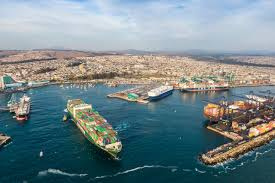History of the Port of San Antonio
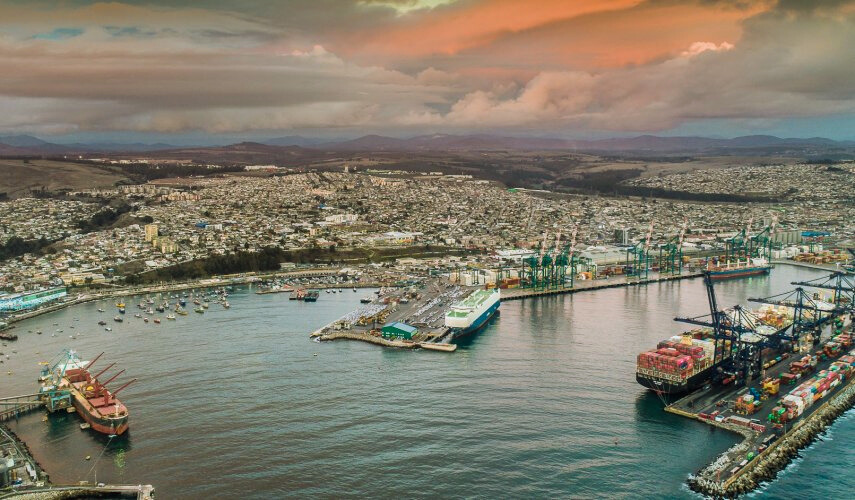
History of the Port of San Antonio
San Antonio: A Journey Through History
The Coastal Gateway
San Antonio, a thriving port city located along the majestic Pacific coast of Chile, carries with it a rich tapestry of history and significance.
Its roots as a strategic harbor and trading hub have evolved over centuries, making it a pivotal center for commerce, culture, and maritime adventure.
In this exploration, we embark on a voyage through time to uncover the fascinating history of the city and port of San Antonio.
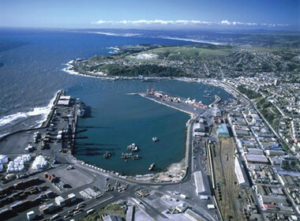
Ancient Roots and Indigenous Traditions
The First Inhabitants
Long before European settlers arrived, the region where San Antonio now stands was inhabited by indigenous peoples, including the Mapuche.
They navigated the region’s rugged terrain and revered the coastline for its abundance of marine life, which played a crucial role in their sustenance and culture.
Colonial Conquest and Spanish Influence
Discovery and Claim
The arrival of Spanish conquistadors in the early 16th century marked the beginning of a new era for the region.
Explorer Juan Bautista Pastene is credited with discovering the bay that would later become the Port of San Antonio. The Spanish crown subsequently claimed the territory and established settlements.
Trade and Expansion
During the colonial period, the area around the bay served as a modest port for the transport of goods.
San Antonio began to emerge as a trading post, connecting the inland regions to the coastal trade routes that extended along the South American continent.
The Spanish crown recognized its strategic importance and worked to develop its infrastructure.
Independence and Growth
The Fight for Independence
The early 19th century witnessed a wave of independence movements across Latin America, and Chile was no exception.
San Antonio played a role in the fight for Chilean independence from Spanish rule, with notable events occurring in the region. In 1818, Chile declared its independence, marking a turning point in the nation’s history.
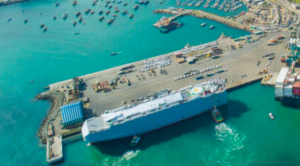
The Port’s Evolution
With Chilean independence came a renewed focus on developing San Antonio as a vital maritime port.
The city’s growth was spurred by its strategic location, which facilitated trade and commerce with the rest of the world.
By the mid-19th century, San Antonio was firmly established as a prominent port on the Pacific coast.
San Antonio: Modernization and Industrialization
The 20th Century Transformation
The 20th century brought significant changes to San Antonio. The port underwent modernization and expansion, adapting to the evolving demands of global trade.
The construction of new berths, the installation of advanced cargo-handling equipment, and the development of transportation infrastructure all contributed to the port’s growth.
Economic Significance
San Antonio’s role as a pillar of Chilean trade became increasingly evident during this period.
The port facilitated the import of goods crucial to Chile’s industries and manufacturing sectors, while also serving as a key outlet for the nation’s exports, including copper, fruit, and seafood.
The 21st Century: A Thriving Maritime Hub
Global Trade and Connectivity
In the 21st century, the Port of San Antonio continues to play a pivotal role in Chile’s economic landscape.
It has embraced digitalization and cutting-edge technologies to optimize operations, ensuring its competitiveness in the global market.
The port’s connectivity to international trade routes positions it as a vital link in the global supply chain.
Sustainability Initiatives
San Antonio has also recognized the importance of sustainability in the modern era.
Environmental initiatives, such as the use of cleaner fuels for ships and responsible waste management practices, are now integral to the port’s operations.
These efforts reflect a commitment to preserving the region’s natural beauty and biodiversity.
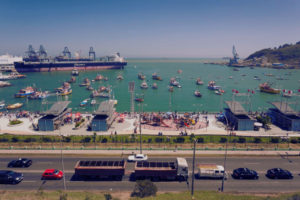
San Antonio: A City of Culture and Community
Local Vibrancy
Beyond its industrial significance, San Antonio is a city with a vibrant community and cultural scene.
It celebrates its maritime heritage through local festivals and events that showcase the region’s connection to the sea. The people of San Antonio take pride in their city’s history and cultural diversity.
Tourism and Hospitality
In recent years, San Antonio has also become a destination for travelers exploring Chile’s central coast.
Visitors can immerse themselves in the local culture, sample fresh seafood, and explore nearby attractions such as the beautiful beaches of Viña del Mar and the cultural treasures of Valparaíso.
San Antonio’s Enduring Legacy
The history of San Antonio is a compelling narrative of growth, resilience, and transformation. From its indigenous roots and colonial beginnings to its pivotal role in Chile’s modern economy.
San Antonio has evolved into a thriving maritime hub with a unique cultural identity. As it continues to adapt to the demands of the 21st century,
The Port of San Antonio remains a symbol of Chilean ambition and progress, embodying the spirit of a nation that embraces its coastal heritage while forging ahead into a dynamic future.


